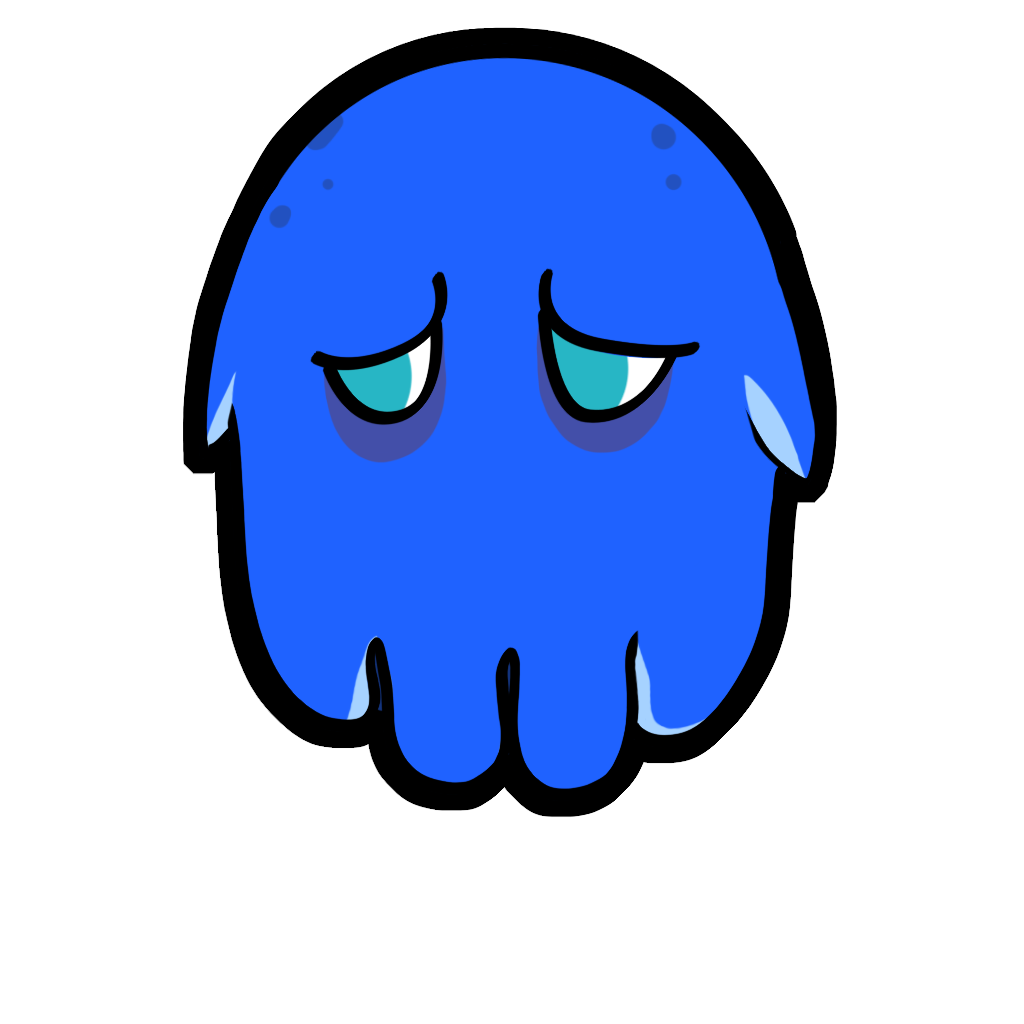
Sadness
A natural emotional response to experiences of loss, disappointment, or other forms of emotional pain.
Why Does It Exist?
Sadness exists as a fundamental human emotion that signals a need for reflection, healing, and often a reevaluation of one's priorities and attachments. It is part of the emotional spectrum that facilitates human connection, empathy, and the processing of grief or loss. By experiencing sadness, individuals can navigate through difficult times, learn from these experiences, and eventually adapt to changes in their lives or circumstances.
Why Is It Important to Understand?
Understanding sadness is important because it allows us to recognize it as a normal, healthy part of human emotion rather than something to be avoided or suppressed. Acknowledging and accepting sadness can lead to personal growth, stronger relationships, and emotional resilience. It helps in distinguishing between temporary emotional states and more serious, persistent mood disorders like depression, guiding when to seek help.
How to Use It to Your Advantage
To use sadness to your advantage, allow yourself to fully experience and express this emotion in healthy ways, such as through talking with trusted individuals, writing, or creative activities. This can facilitate emotional processing and healing. Recognizing the triggers and contexts of your sadness can offer insights into personal values, unmet needs, or areas of life that may require attention or change. Furthermore, sharing experiences of sadness can deepen connections with others, fostering empathy and mutual support.
How It Is Used Against You
While sadness itself is not often used against individuals in a direct manner, societal attitudes towards sadness and emotional expression can sometimes be harmful. For example, stigma around showing sadness or vulnerability can lead to emotional suppression, isolation, or the exacerbation of mental health issues. In some cases, commercial interests exploit sadness through marketing strategies that manipulate emotions to sell products or services that promise happiness or relief.
Examples
Personal Reflection: Using periods of sadness as opportunities for introspection and to reassess personal goals, relationships, and life direction.
Creative Expression: Channeling feelings of sadness into art, music, writing, or other creative outlets as a form of processing and expression.
Building Connections: Sharing feelings of sadness with others can lead to deeper emotional connections and shared understanding.
Professional Help: Seeking support from a therapist or counselor when sadness feels overwhelming or persistent can provide strategies for coping and moving forward.
